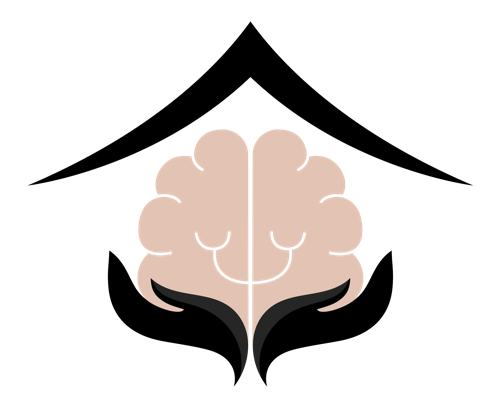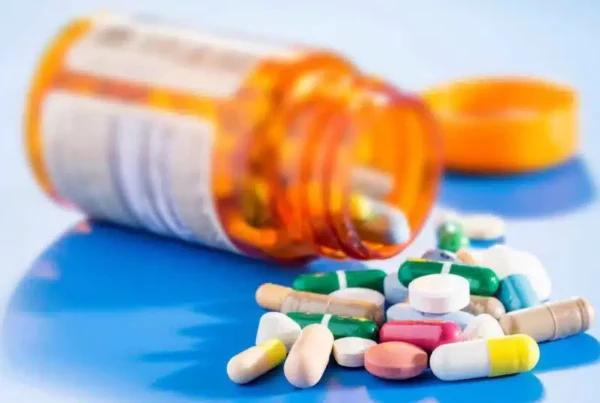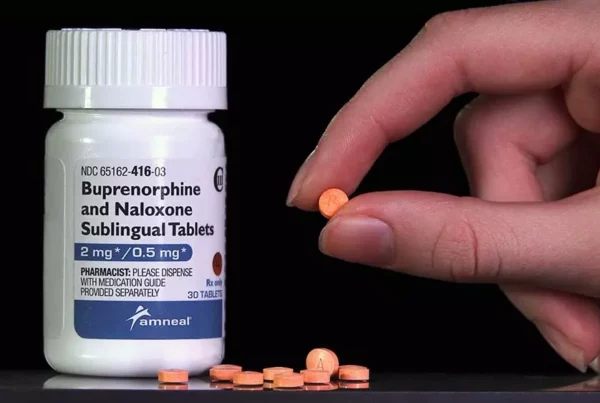The idea that suboxone is simply trading one drug for another is a common misconception. While it is true that suboxone contains both buprenorphine and naloxone, a combination of two opioid medications, its purpose is not to substitute one opioid for another. In fact, suboxone helps individuals struggling with opioid addiction overcome their dependence on these dangerous substances and lead healthier, more fulfilling lives.
The primary goal of using suboxone as a treatment for opioid addiction is not to replace the addictive substance with different drugs, but rather to help individuals who are dependent on opioids manage withdrawal symptoms while they work to fight the underlying cause of their problem. Suboxone works by helping to block the effects of other opiates, such as heroin or oxycodone, thus decreasing cravings and reducing the risk of relapse associated with these substances.

In addition to blocking opioid receptors in the brain, suboxone has also been found to reduce symptoms of depression and anxiety related to withdrawal which can help individuals stay focused on recovery efforts. Furthermore, unlike other traditional treatments such as methadone, where patients must visit a clinic daily in order to receive their medication dose, suboxone can be taken at home without the need for additional medical assistance or monitoring. This makes it much easier for many new or experienced users to manage their own treatment plan without having any additional barriers put in place.
At the end of the day, suboxone should not be thought of as “trading one drug for another” but rather as a tool that helps those battling opioid addiction take back control over their lives and recover from this serious and often life-threatening condition.



